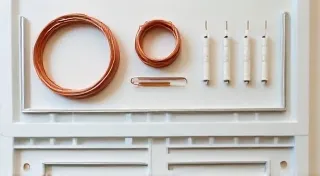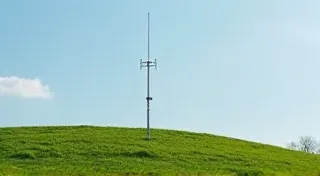Antenna Construction Materials: Choosing the Right Options
Building your own amateur radio antennas is a rewarding hobby. Beyond the design and construction techniques, choosing the right materials is critical for antenna performance, durability, and overall cost-effectiveness. This article explores common materials used in antenna construction, outlining their pros and cons to help you make informed decisions.
Conductor Materials: The Backbone of Your Antenna
The conductor is the element that actually radiates or receives radio waves. Several materials are suitable, each with distinct characteristics:
Copper
Copper is a popular choice for several reasons. It boasts excellent conductivity, slightly better than aluminum, which translates to potentially slightly higher efficiency. It's relatively easy to solder and work with. However, copper is more expensive than aluminum and susceptible to corrosion if not protected (galvanized steel wire or outdoor varnish).
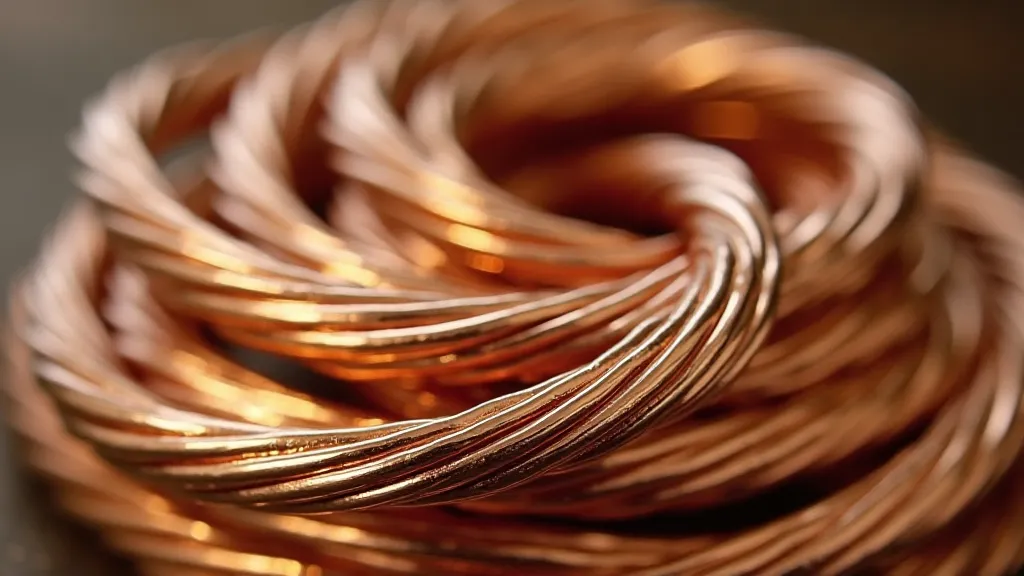
Aluminum
Aluminum is significantly lighter and cheaper than copper, making it attractive for larger antenna projects. While its conductivity is a bit lower than copper, it's usually sufficient for most amateur radio applications. Aluminum is naturally resistant to corrosion, forming a protective oxide layer. This makes it a good choice for outdoor antennas with minimal maintenance. However, soldering aluminum can be more challenging - specialized techniques and fluxes are typically required.
Steel Wire (Galvanized or Stainless Steel)
While not ideal as the primary radiating element, steel wire finds use for support structures and ground plane radials. Galvanized steel provides corrosion resistance, while stainless steel offers even better protection. However, steel’s conductivity is lower than copper or aluminum and its weight can be a factor in larger antenna builds.
Insulators: Preventing Signal Loss
Insulators prevent unwanted current flow and ensure the RF energy is directed to the antenna element. Choosing the right insulator is vital for signal transmission and reception.
Plastic Insulators (PVC, Polyethylene, etc.)
These are widely available, inexpensive, and offer excellent electrical insulation. They's resistant to most environmental conditions. Ensure they’s rated for the voltage and power levels expected in your antenna system.
Ceramic Insulators
Ceramic insulators offer superior electrical strength and are often used in high-power applications. They're durable and resistant to weathering, but can be more expensive than plastic alternatives.
Glass Insulators
Vintage glass insulators are a popular choice for both their functionality and aesthetic appeal. They offer good insulation properties and add a touch of nostalgia to your antenna setup.
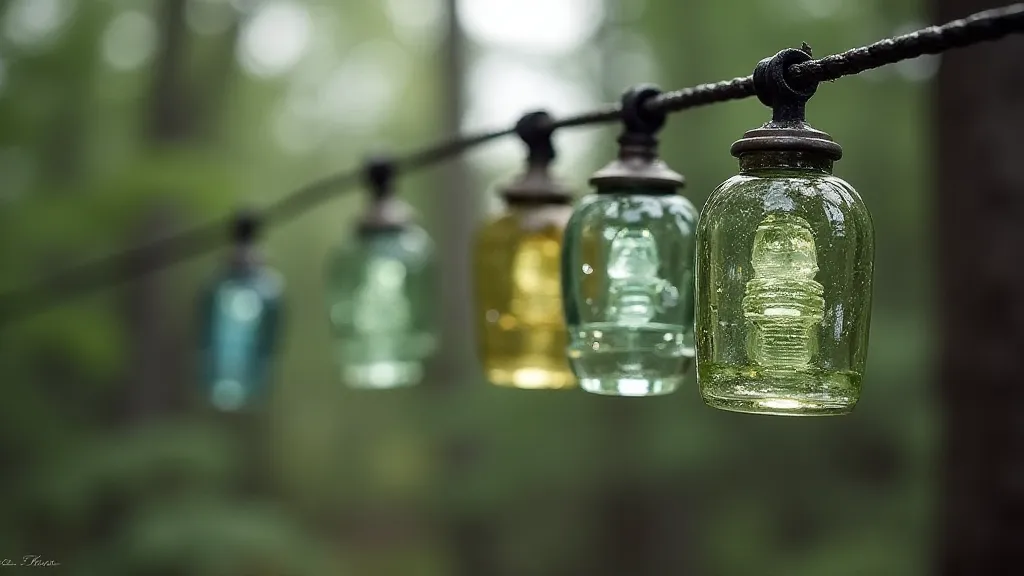
Support Structures: Strength and Stability
Antennas need strong support structures to withstand wind, weather, and the weight of the antenna itself. Common choices include:
PVC Pipe
PVC is lightweight, easy to work with, and resistant to corrosion. It's a good choice for building antenna masts and booms, especially in areas with mild climates.
Wood
Wood offers natural strength and a pleasing aesthetic. Treated lumber (pressure-treated or cedar) is essential to prevent rot and insect damage. Ensure the wood is properly seasoned and sealed.
Aluminum Tubing
Aluminum tubing is strong, lightweight, and corrosion-resistant. It's ideal for constructing robust antenna masts and booms that need to withstand harsh weather conditions.
Considerations for Cost and Availability
The best antenna materials depend on your budget, skill level, and the specific requirements of your project. Consider the availability of materials in your area and factor in any special tools or techniques required for working with them. Sometimes, a combination of materials provides the optimal balance of performance, durability, and cost.
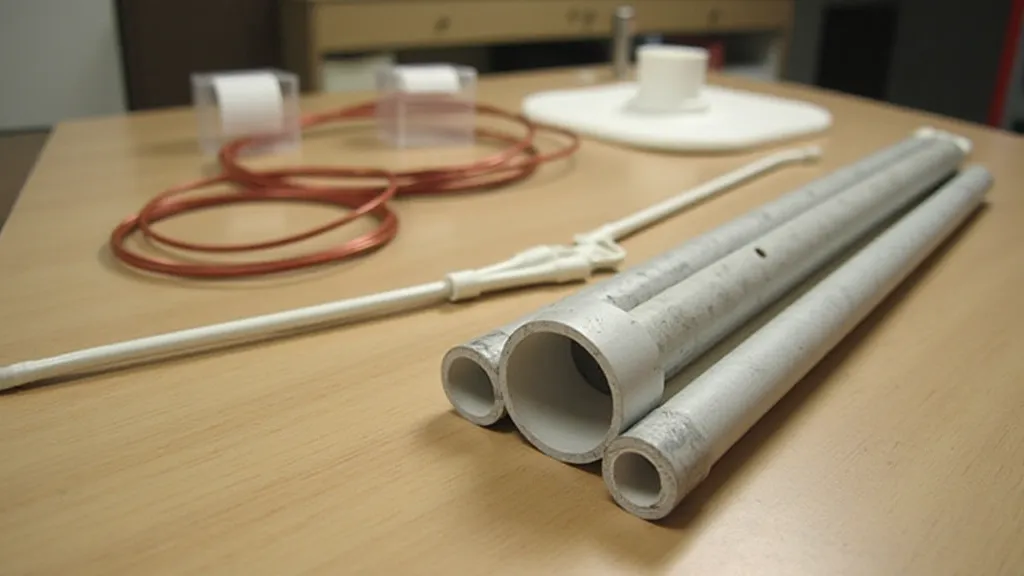
Conclusion
Selecting the right materials is a crucial step in building a successful amateur radio antenna. By understanding the properties of various options – copper, aluminum, insulators, and support structures – you can create antennas that perform well, last a long time, and provide years of reliable communication.



